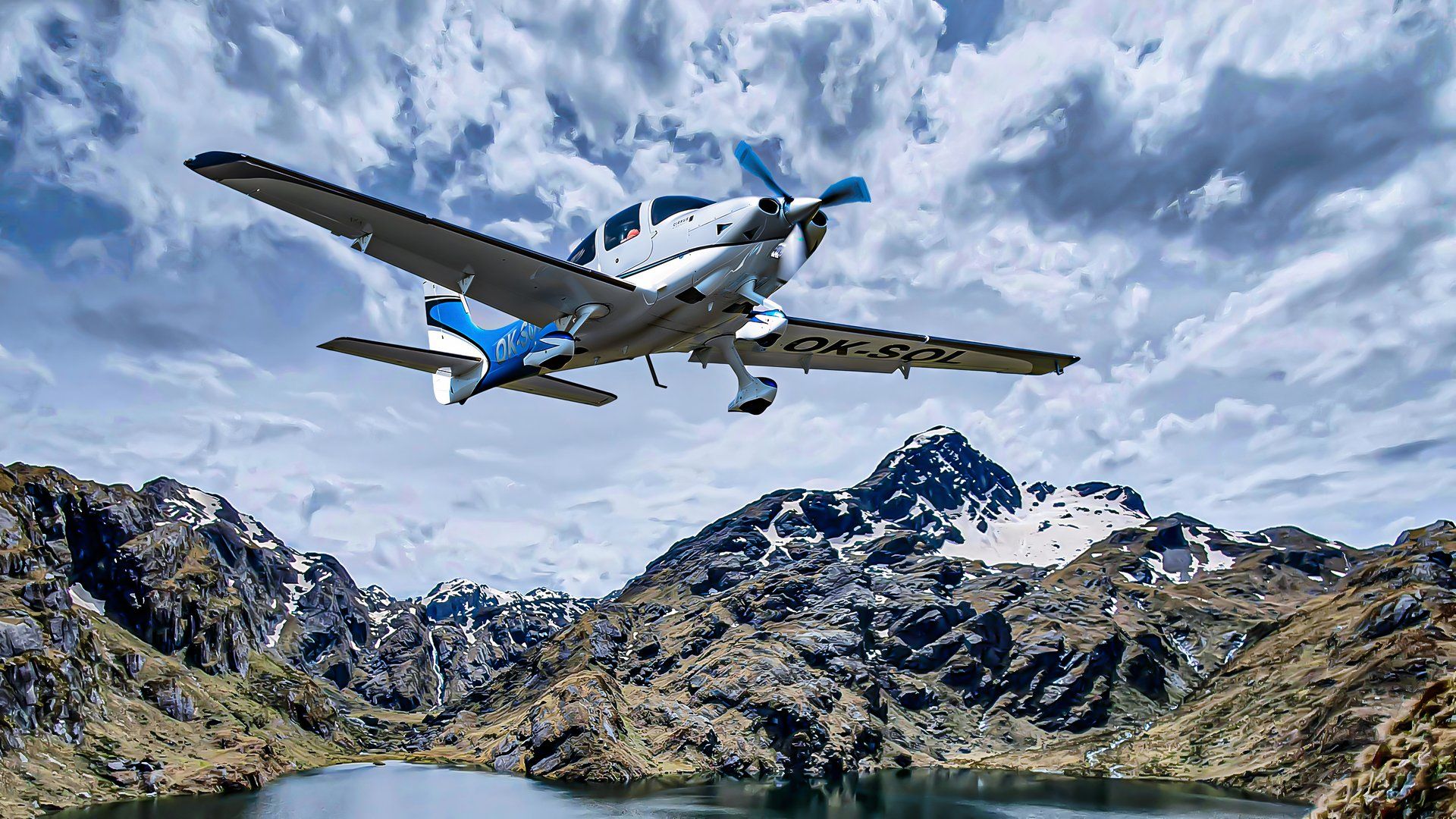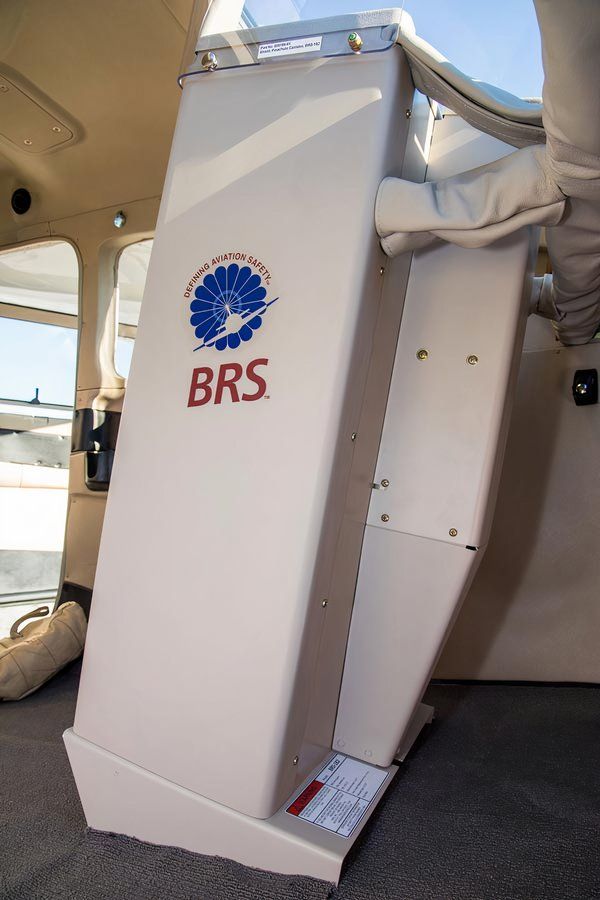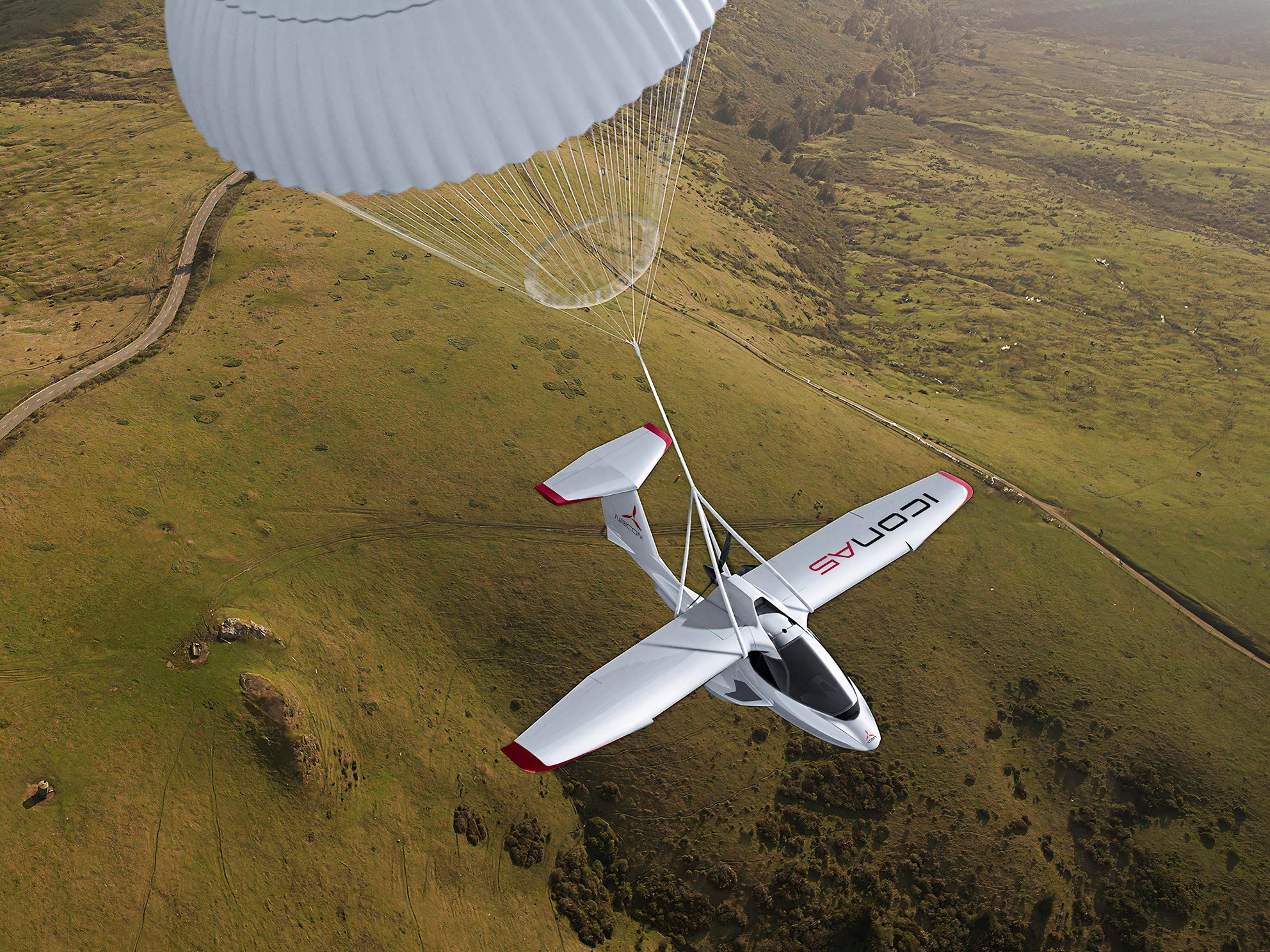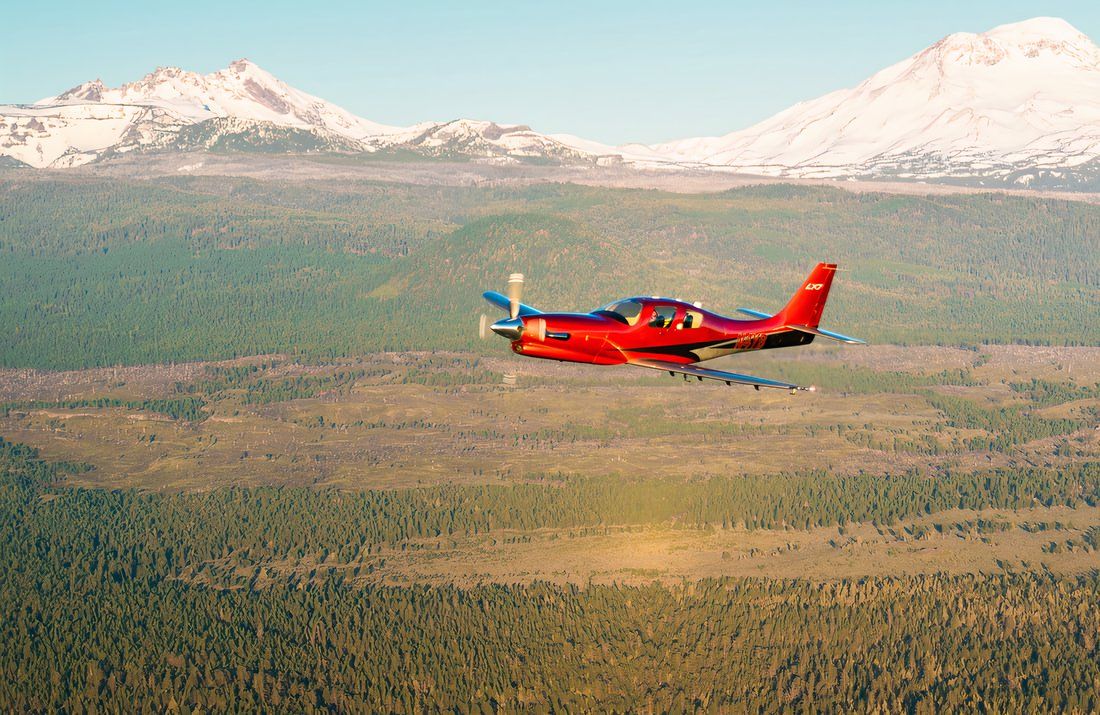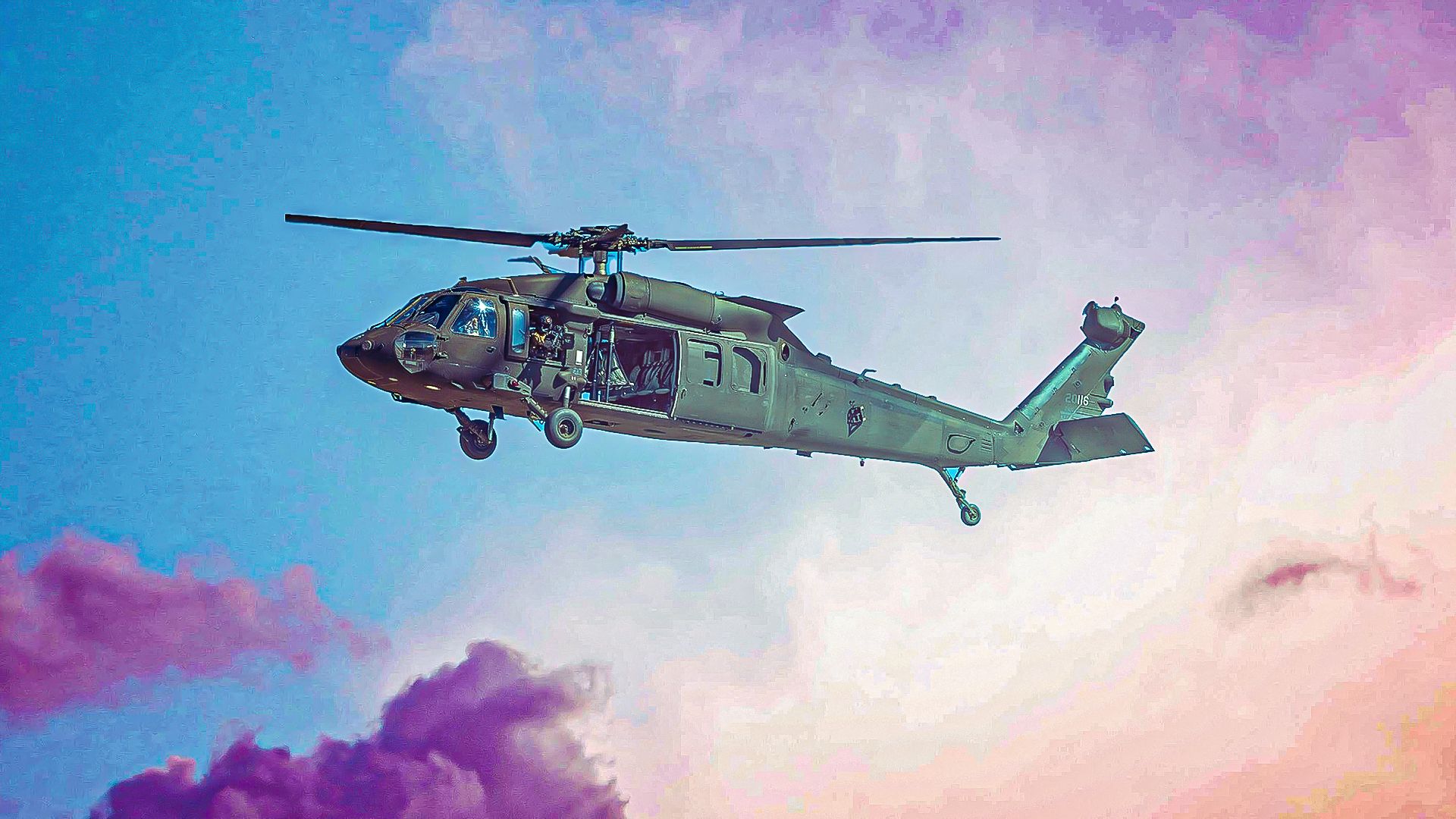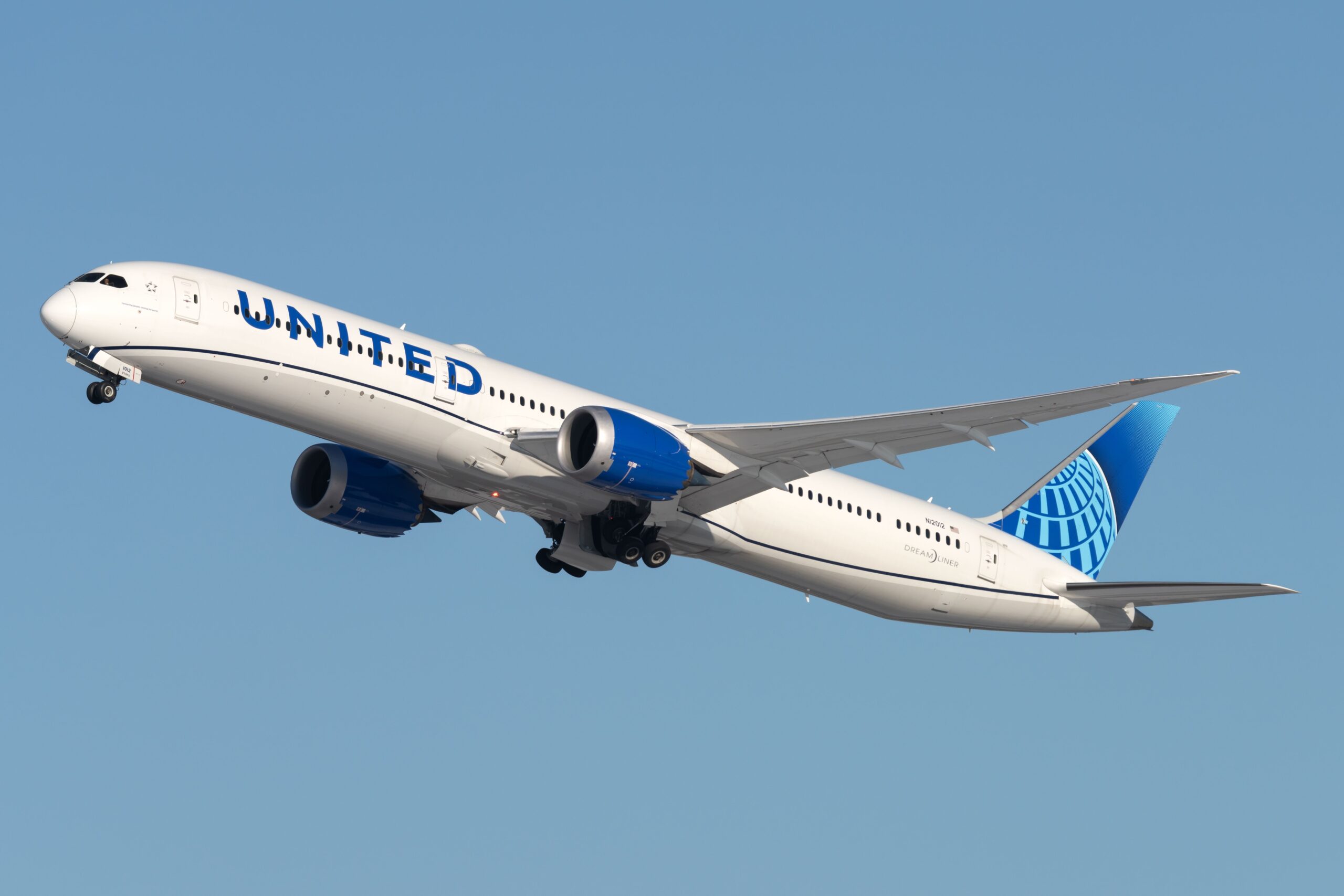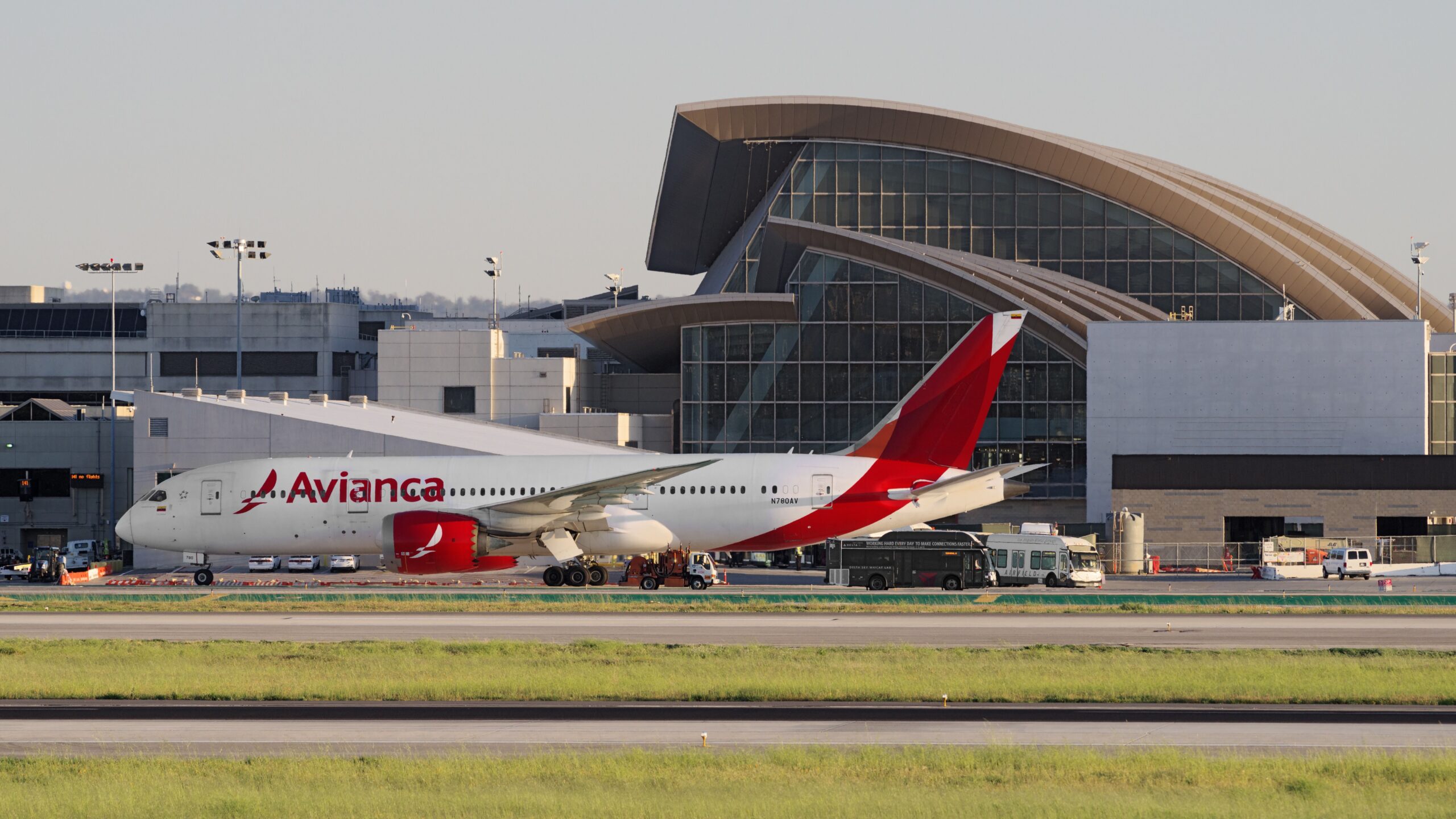The Whole Aircraft Recovery Parachute System WARPS has a solid rocket motor that activates when the pilot pulls on the aircraft parachute handle release. It slows the aircraft’s descent, minimizing the risk of injury to occupants and damage to the aircraft. The lightweight parachute material sustains the force of the rocket deployment and the aircraft’s force.
BRS Aerospace company has developed a parachute system for airplanes requiring an aircraft ballistic recovery system launcher and pilot-initiated activator. The system has been installed in over 37,000 aircraft, including Light Sport Aircraft, experimental aircraft, ultralights, and FAA PART23 / EASA CS23 type-certified aircraft. BRS has also developed installations for over 350 kit aircraft models from various manufacturers.
Photo: BRS Aerospace
The system is effective in a range of accident situations, from midair collisions and structural failure to spiral dives or stall spins. It arrests the descent of the entire aircraft and its occupants on the ground with a safe impact force. It can also benefit unmanned aerial vehicles and military training aircraft recovery parachutes.
A parachute system in a plane is designed to provide enhanced safety. When the emergency parachute is pulled out, the pilot relinquishes control of the aircraft, deciding to save lives. The system deploys at an average descent rate of 18 MPH (29 km/h). The following are the 5 types of aircraft that can utilize the
parachute
system.
1
Icon A5
The
ICON A5
is a light aircraft designed for adventure and sports enthusiasts. It offers a 4-blade propeller with a higher gross weight. It has two seats, a maximum takeoff weight of 1570 lbs (712 kg), and a load of 490 lbs (222 kg) at a range of 427 NM (491 mi, 791 m). It has a takeoff and landing distance of 640 ft (195 m) and 700 ft (213 m), respectively.
Photo: ICON Aircraft
The amphibious ICON A5 is designed to provide an unparalleled sense of security. Every ICON A5 includes the parachute system created by BRS Aerospace. This system, along with the Angle of Attack AoA Indicator and spin-resistant airframe, creates multi-layered safety features.
2
LX7 Turboprop
The LX7 Turboprop offers enhanced cruise performance and reduced turbine engine pilot workload. Its pressurized design features retractable landing gear. The LX7 Turboprop offers extended flight time between maintenance and major inspections, ensuring smooth operations. It has a 4500 ft (1372 m) cabin altitude.
Photo: LX7 Aircraft
The LX7 boasts advanced safety features such as an emergency oxygen system, airbag front seat restraints, a
positive pressure fuel system
, Buenos De-Ice™ Thermal De-Icer, a carbon fiber structure, and BRS™ whole-aircraft parachutes, making it one of the fastest and safest aircraft under Basic Med rules.
BasicMed allows pilots to fly without an FAA medical certificate, provided they meet general requirements, including having a US driver’s license, holding a medical after July 14, 2006, undergoing a physical exam with a state-licensed physician, and completing a BasicMed medical education course.
The LX7 aircraft features a standard BRS airframe parachute and airbag seatbelts, with pilot-centric workload-reducing features like dual-redundant main spar structures and a whole parachute system for occupant safety.
3
Evektor Harmony
The Evektor Harmony is a modern, advanced aircraft with features such as Garmin
avionics and Dynon glass panels, the latest safety features, and a robust metal frame. The parachute is fixed in the aircraft and ignited by the rocket via a control lever in the cockpit to improve safety features.
It has outstanding control harmony, a 745 NM (857 m, 1380 km). The aircraft is known for its efficient engines, advanced aerodynamics, and state-of-the-art avionics suite, making it a popular choice among pilots and aviation enthusiasts.
|
Feature |
Evektor Harmony |
|---|---|
|
Length |
20 ft (6.11 m) |
|
Wing Span |
30 ft 4 in (9.25 m) |
|
Height |
8 ft 2 in (2.48 m) |
|
Airframe |
All metal is anodized and corrosion-proofed. |
|
Landing gear |
Tricycle with steerable nose wheel |
|
Empty Weight |
From 705 lb (320 kg) |
4
Cessna 172
The Cessna 172
Skyhawk is the best-selling single-engine piston aircraft and a popular basic pilot trainer. It has a rugged airframe, an advanced interior with soundproofing and LED lighting, and a high-wing design for superior views. It has a maximum range of 640 NM (736 mi, 1185 km), a maximum cruise speed of 124 knots (143 MPH, 230 km/h), and a takeoff distance of 1,630 ft (497 mi, 800 km).
The aircraft parachute manufacturer established an authorized network to install life-saving devices in several Cessna single-engine aircraft models. The recovery system is comparable to a similar system on the world’s best-selling single-engine piston-powered aircraft and every new certified aircraft with six seats or less under development today.
Parachute kits for Cessna 172s cost about $15,500 plus installation, and for the
Cessna 182
, they cost $17,500 plus installation. The typical installation time per aircraft is 40 hours. Hundreds of these systems are installed on the popular Cessnas. The parachutes are installed in the baggage area.
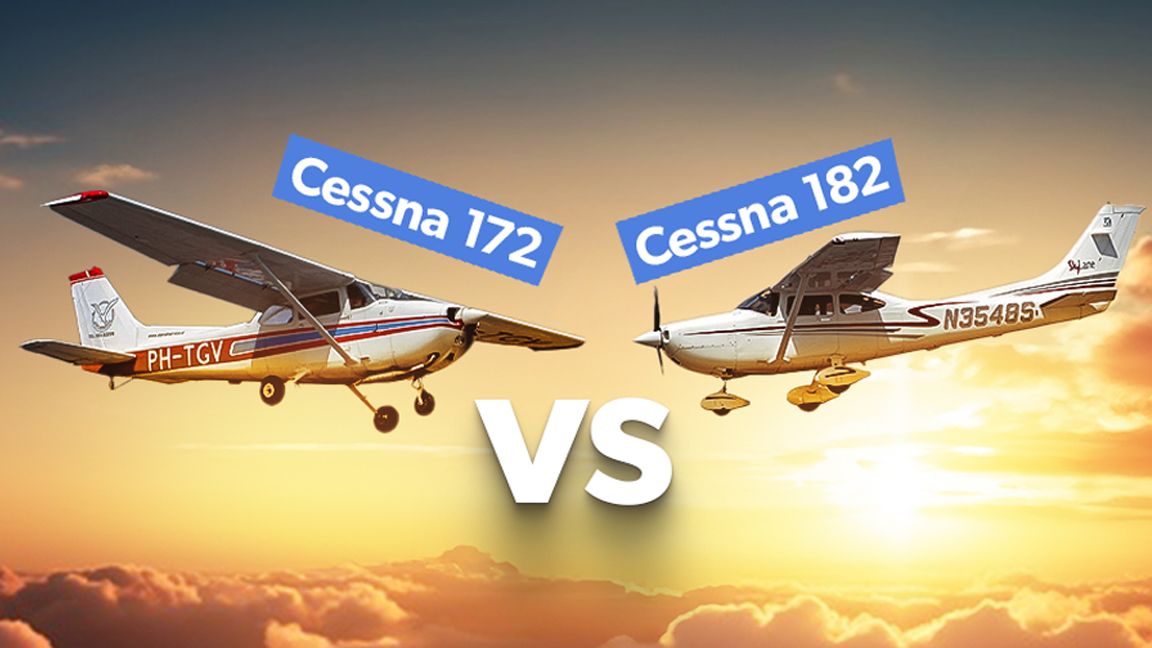
Cessna 172 Vs 182: Which Is Better?
For general aviation aircraft, the Cessna 172 and 182 are often where many new pilots start out. But which is better for owner-operators and student pilots to fly?
The Cessna Skyhawk is considered to be the ultimate training aircraft. It’s quite forgiving and easy to handle, while the high-wing design provides good visibility and stability. Its range of over 600 NM makes it suitable for cross-country trips, too.
The Cessna 182, or Skylane, is an upgrade on this, with more horsepower, better climb performance, and higher cruise speeds. Its larger size makes it suitable for family trips and even cargo transport.
Of course, operating costs must be considered when comparing the two. The 172’s lower fuel consumption and maintenance costs make it more economical, particularly for recreational flying or for those building flight hours. In contrast, the 182, while more capable, requires more fuel and higher maintenance expenses. Yet, the additional cost is justified for those who need it
Kevlar harnesses are attached to the outside of the airframe and tucked under fiberglass covers. The whole aircraft parachute system does not add substantively to the cost of a typical annual year, but aircraft owners should budget for routine maintenance items unique to parachute-equipped aircraft.
5
Cirrus Vision jet
Cirrus Aircraft Company uses the Cirrus Airframe Parachute System (CAPS) as standard equipment on its
SR-series
aircraft and Vision Jet. CAPS is recommended for situations such as loss of control, engine failure, pilot incapacitation, midair collision, or structural damage.
Pilots must ensure they are below parachute deployment speed and have adequate altitude to deploy CAPS properly. When used correctly, CAPS has a 100% success rate. CAPS undergoes rigorous testing to ensure an acceptable impact on the airframe and occupants.
Tests showed that within 8 seconds, forward velocity was reduced to zero, and descent occurred at 17 knots (20 MPH, 37 km/h). The parachute deployment’s airspeed is 133 knots (153 MPH, 246 km/h).
Pilots often believe they will perform better than those who pull the chute, but this belief is changing. A poll of Beechcraft
owners found nearly 60% would buy a WARPS if offered on their aircraft. Even in the light-sport segment, acceptance rates are changing, with owners valuing their rear ends just as certified plane owners.
While parachutes for larger aircraft are still in the works, WARPS has a system designed for small jets. Commercial Aircraft
are not designed to accommodate skydiving, which is dangerous. Pilots typically fly at a much higher altitude than regular skydivers, which can lead to hypoxia and require oxygen cylinders.
Ballistic Recovery Systems (BRS) are unlike airbags, which automatically deploy when certain conditions develop. The pilot must choose to deploy the system. A BRS unit consists of four main elements: the activation handle, the activation cable or housing, the rocket motor assembly, and the parachute container.
“Everything flying should have some sort of decelerator and I don’t care how,” Boris Popov, BRS Aerospace founder
Galaxy Rescue Systems GRS is another company that has become recognized in the US market. It offers the world’s fastest-deploying whole-plane parachute for light sport aircraft. The GRS system opens in less than 5 seconds. GRS powers the unpacked parachute to the end of its tether and continues to draw it from its softback, providing reliable deployment and rapid clearance from the aircraft. GRS is also available for rotorcraft.

